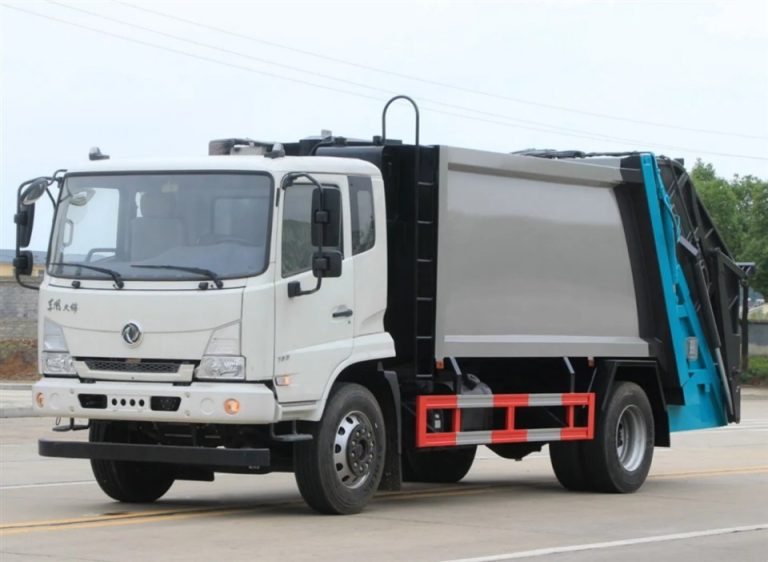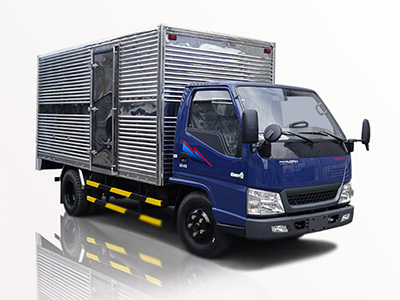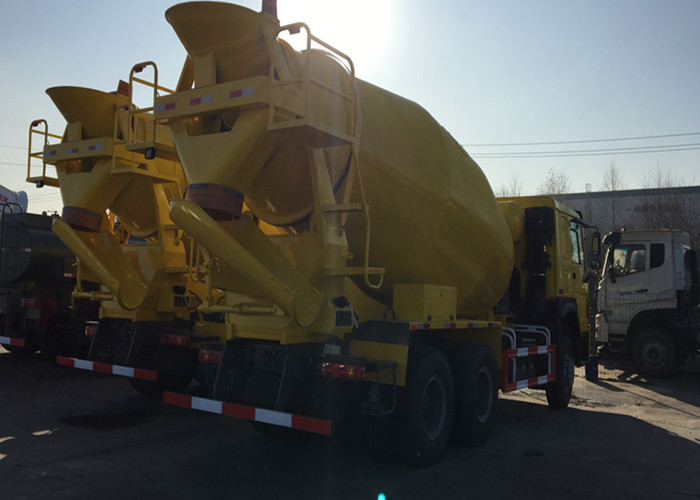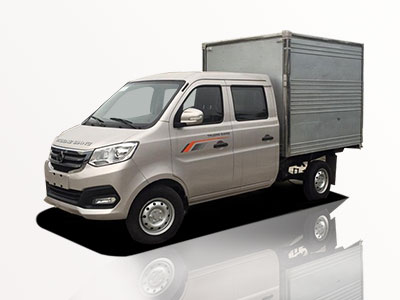Introduction
Huge garbage trucks, also known as refuse collection vehicles, are a critical component of waste management systems around the world. These colossal machines are designed to collect and transport waste from residential and commercial areas to landfills or recycling centers. The importance of these vehicles is underscored by the growing global population, increasing urbanization, and the rising level of waste generation. This article will delve into the various aspects of huge garbage trucks, including their types, features, benefits, and innovations, while providing practical tips and examples to enhance your understanding.
Understanding Huge Garbage Trucks
What Are Huge Garbage Trucks?
Huge garbage trucks are specialized vehicles engineered for the efficient collection and transport of solid waste. They come in a variety of sizes and designs, tailored for different waste management needs. These trucks typically feature a large, enclosed body designed to minimize odors and control spillage.
Types of Huge Garbage Trucks
There are several types of huge garbage trucks, each serving specific waste collection needs:
- Rear Loader Trucks: The most common type for residential collection, where the waste is loaded from the back.
- Front Loader Trucks: Used primarily for commercial waste collection, these trucks have forks that lift dumpsters in front.
- Side Loader Trucks: Equipped with robotic arms, these trucks allow for automated waste collection from the side.
- Compactor Trucks: These trucks compress waste to maximize efficiency and minimize trips to disposal sites.
- Roll-off Trucks: Used for large, bulky waste like construction debris, they use a flatbed that can be rolled off with a container.
Key Features of Huge Garbage Trucks
Capacity and Size
Huge garbage trucks come in various sizes, typically with capacities ranging from 10 to over 30 cubic yards. The size of the truck will dictate how much waste can be collected in a single trip, which influences operational efficiency and environmental impact.
Automated and Manual Loading Systems
Modern garbage trucks often come equipped with automated loading systems, such as robotic arms in side loaders. However, manual loading systems are still prevalent, particularly in areas without significant technological infrastructure.
Compaction Mechanisms
Compaction technology is critical for maximizing waste collection efficiency. Compactors can crush material down to allow for more waste to be collected per trip, reducing fuel consumption and limiting greenhouse gas emissions.
Safety Features
Safety is paramount in waste collection. Features such as rear-view cameras, blind-spot sensors, and safety alarms are standard in modern garbage trucks to protect both workers and the public.
The Importance of Huge Garbage Trucks
Environmental Impact
Huge garbage trucks play a significant role in reducing pollution by safely collecting and transporting waste. Proper waste management is crucial in minimizing landfill use and increasing recycling rates, thus protecting the environment.
Community Health
Timely waste collection prevents the overflow of trash, which can lead to public health risks such as the spread of diseases and pest infestations. Regular garbage truck services are essential for maintaining community health.
Job Creation
The waste management industry, supported by huge garbage trucks, provides numerous jobs ranging from driving and maintenance to administration and recycling efforts. This industry is vital for local economies.
Challenges Faced by Huge Garbage Trucks
Terrain and Accessibility Issues
Many areas, especially rural or underdeveloped regions, present challenges in terms of terrain and accessibility. Huge garbage trucks may struggle to navigate narrow streets or steep inclines, necessitating changes in collection methods.
Cost of Maintenance and Operation
Owning and operating huge garbage trucks comes with significant costs. Fuel, maintenance, and labor can accumulate quickly, affecting the overall budget for waste management operations.
Adapting to E-Waste Management
As electronic waste (e-waste) continues to grow, garbage trucks must adapt to handle these materials safely and efficiently. This requires specialized training and equipment.
Innovations in Huge Garbage Trucks
Electric Garbage Trucks
The shift towards electric garbage trucks is gaining momentum, offering a more sustainable alternative to traditional diesel-powered models. Electric trucks can significantly reduce carbon emissions and noise pollution.
Smart Technology Integration
Telematics and GPS tracking systems are being integrated into garbage trucks to optimize routes, save fuel, and reduce operational costs. These technologies improve efficiency and service delivery.
Recycling and Waste Sorting Technology
Modern garbage trucks are beginning to incorporate advanced sorting systems that aid in separating recyclables from general waste even before reaching processing facilities. This enhances recycling efforts on the ground level.
Practical Tips for Managing Garbage Collection in Your Area
Understand Local Collection Schedules
Being informed about local waste collection schedules can help residents manage their waste disposal better. This includes knowing what items are recyclable and when they should be placed outside for collection.
Engage with Community Initiatives
Participate in community outreach programs that focus on waste reduction, recycling, and proper garbage disposal techniques. Collaboration can lead to enhanced community awareness and participation.
Promote the Use of Reusable Items
Encouraging the use of reusable rather than single-use items can significantly reduce the amount of waste generated. Initiatives like “zero waste” campaigns can foster this behavior within communities.
Conclusion
Huge garbage trucks are fundamental to efficient waste management systems across the globe, providing essential services that help keep our communities clean and reduce environmental impacts. Understanding their types, features, challenges, and innovations can empower individuals and communities to engage in better waste management practices.
Frequently Asked Questions (FAQs)
What are the different types of huge garbage trucks?
The different types include rear loader trucks, front loader trucks, side loader trucks, compactor trucks, and roll-off trucks.
How do huge garbage trucks impact the environment?
They minimize pollution by safely collecting and transporting waste, thus supporting recycling and reducing landfill usage.
What safety features are typically found in garbage trucks?
Common safety features include rear-view cameras, blind-spot sensors, and safety alarms to protect workers and the public.
Are there electric garbage trucks available?
Yes, there is a growing trend toward electric garbage trucks, which reduce carbon emissions and operate more quietly than traditional models.
What can communities do to improve waste management?
Communities can stay informed about collection schedules, engage in recycling initiatives, and promote the use of reusable items to enhance waste management.
How can technology improve garbage collection efficiency?
Technology such as telematics and GPS tracking helps optimize routes, saves fuel, and improves overall operational efficiency in garbage collection services.






